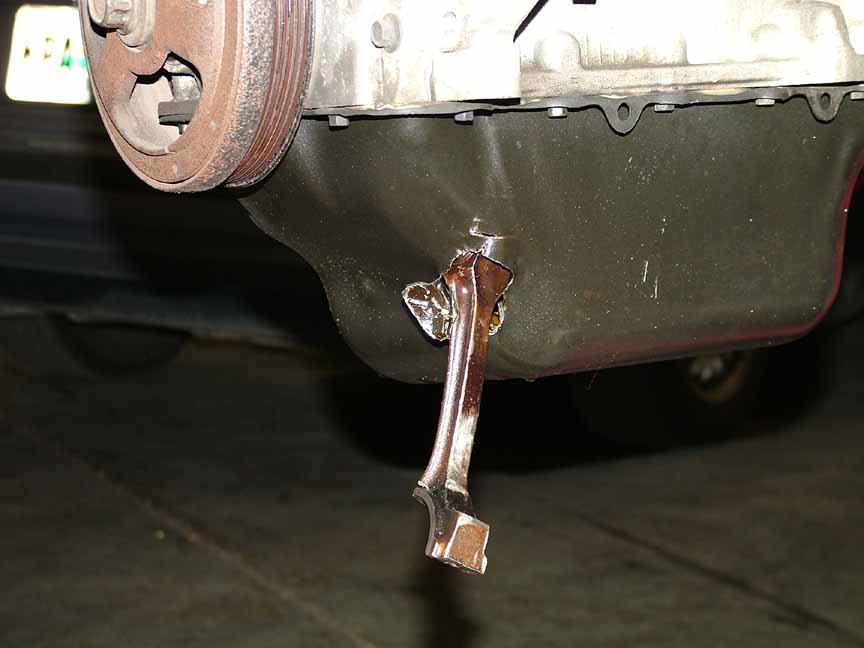In a vehicle engine, the burning of fuel generates a force that makes the piston rotate the crankshaft. The result of this mechanical reaction is the movement of the wheels. During this orchestrated process, many issues can arise to stop the car from moving. One of those is a thrown rod. Throw a rod is an automotive jargon that refers to a state where the piston and crankshaft are no longer connected.
Contents
What Does Throw a Rod Mean?
This is a severe engine condition where the metal connector of the piston and crankshaft has literally broken. A modern car engine has multiple cylinders, so there are several pistons connected with the crankshaft. Breakage of even a single piston-crankshaft connecting rod would create a distinctive knocking sound. In this case, the vehicle should be stopped and taken to a mechanic shop for engine repair.
Two things could happen when a throw a rod occurs. They are:
- If the connecting rod breaks while the piston is going upwards in the cylinder, the piston reaches the cylinder head and jams there.
- However, the worst-case scenario is that the connecting rod fails when the piston goes down. The rod that broke previously could pierce through the engine block, damaging the entire machinery.

The Causes behind a Thrown Rod
There could be several reasons behind a thrown rod. The most common cause is the metal fatigue of the connecting rod and rod cap. Here are the reasons for a connecting rod failure:
A. Loose Nuts and Bolts
The piston connecting rod and rod cap connect with each other through two bolts. If somehow these bolts fail or get unscrewed, the connecting rod cap might come out of the place, causing a thrown rod.
B. Broken Exhaust or Intake Valve
The intake and exhaust system incorporates multiple valves. These valves may fail at certain points due to wear and tear. Any manufacturing defect may also cause immature failures. A sizable broken piece of metal from the valve can hinder usual piston-rod-crankshaft movement. Due to such hindrance in piston movement, the connecting rod could break and damage the engine.
SEE MORE
C. Lubrication Failure
The most common cause of a thrown rod is low engine oil, degraded oil, or even no oil at all. It is dangerous for any automobile because the engine must always stay submerged in a specific grade of lubricating oil. Replacing oil after certain miles or routinely checking for oil leaks are the most common preventive maintenance for any car.
When there is no engine oil, the moving parts come into each other’s contact. Now, all internal parts of an engine are not made of the same metal. Normally, the connecting rod is made of steel while the rod cap or bolts are aluminum. Such a condition promotes metal fatigue that leads to a thrown rod.
Conclusion
The failure of the piston connecting rod is normally a wear and tear issue. When a driver doesn’t take proper care of the engine and over-revs the engine, this problem may occur. You need to maintain the vehicle properly to avoid the throw a rod problem.



